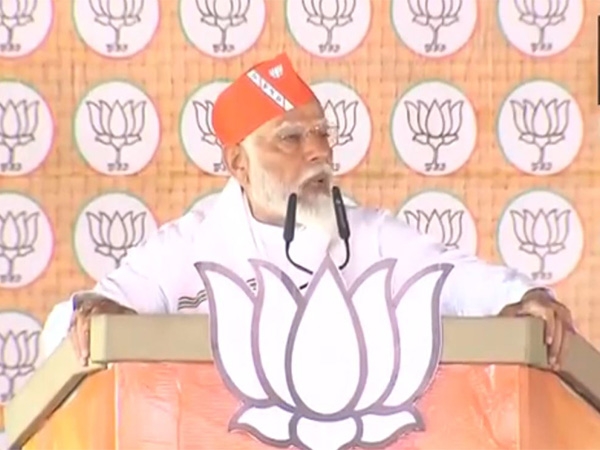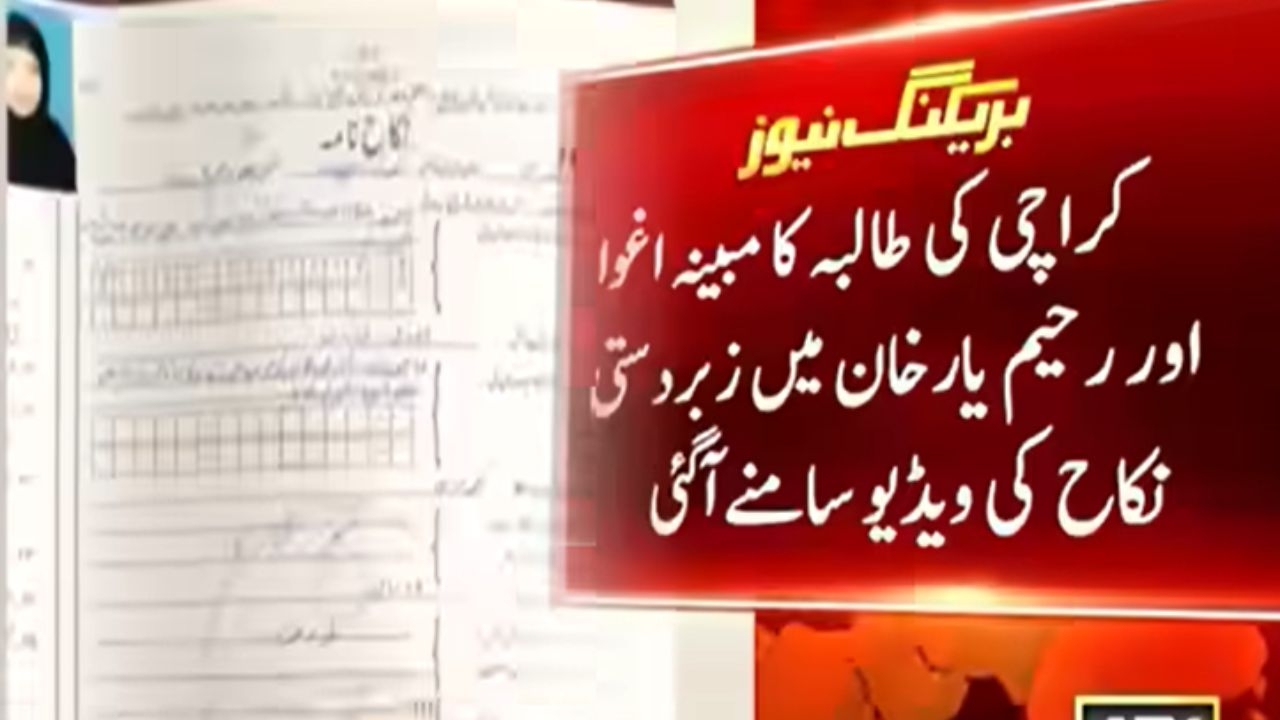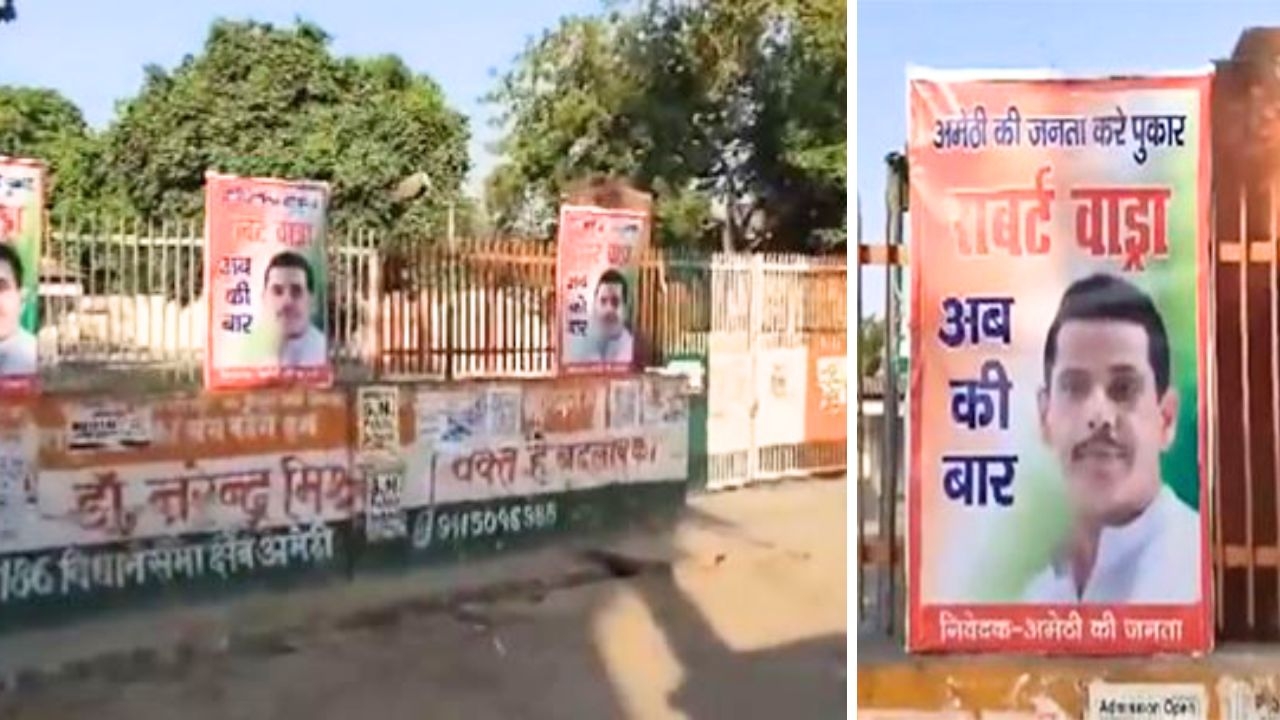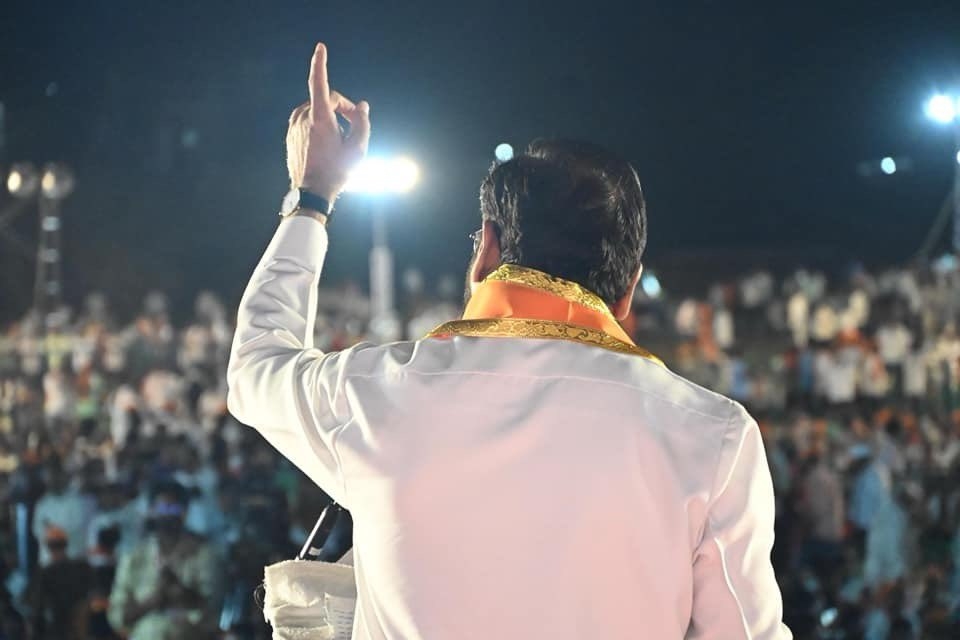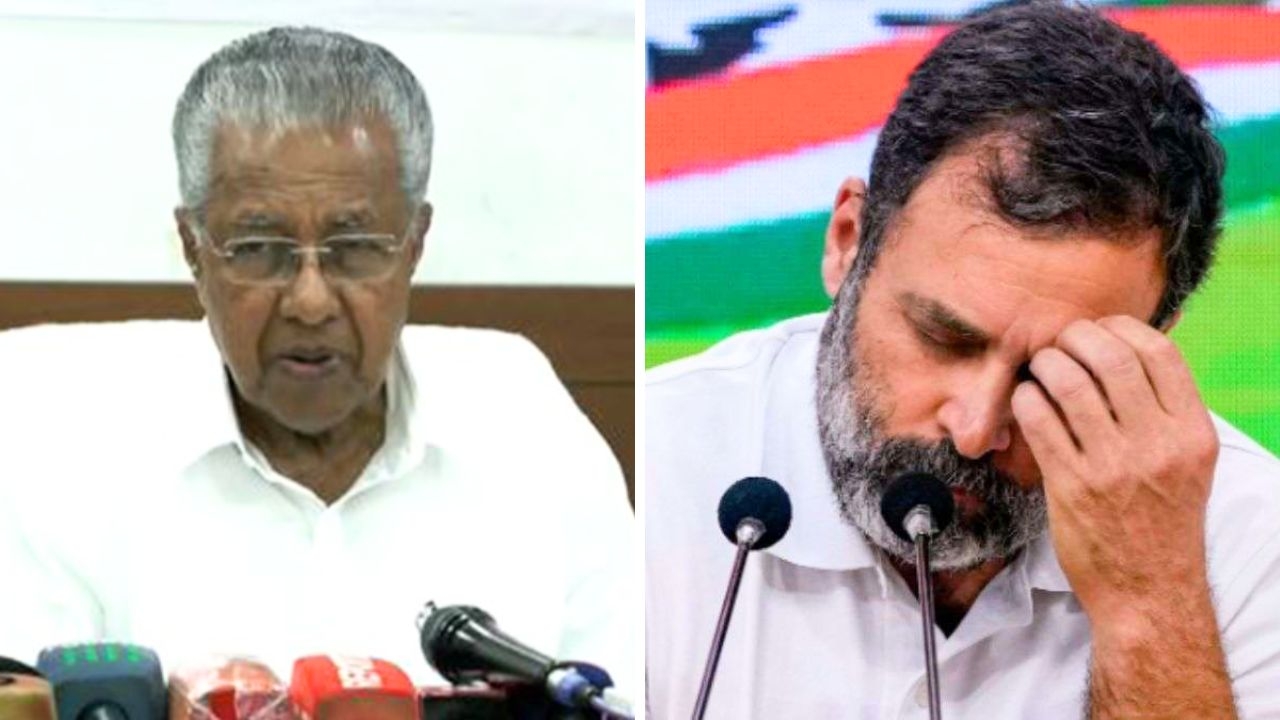Indian jawan killed, body mutilated. But does Pak have more sinister plans?

Exactly a month after India carried out surgical strikes in Pakistan-occupied Kashmir, Pakistan retaliated on Friday by killing an Indian Army jawan and mutilating his body.
Sources in the army's Northern Command said the soldier was beheaded. However, the report could not be confirmed till late evening. The terrorist believed to have been responsible for this gruesome act has also been killed, army sources said.
Pakistan's Border Action Team (BAT), known to be made up of trained terrorists and Pakistan Army soldiers, is believed to have been behind this act. BAT teams were last spotted close to the Line of Control on Wednesday in Samba district.
According to an Indian Army spokesperson, the incident happened late on Friday evening near Kashmir's Kupwara district.
"In an encounter close to the LoC in Machil sector, in the evening of 28 October 2016, one soldier has been martyred and one terrorist killed. In a despicable act, the terrorist mutilated the body of the Indian soldier before fleeing into the PoK, supported by covering fire from Pakistan Army posts," the spokesperson said.
"This barbarism is a true reflection which pervades official and non-official organisations across the border."
In a tone which suggested that the act of mutilation had severely angered the Indian defence establishment brass, the spokesperson concluded his statement with: "This act will invite an appropriate response."
Series of provocations
The act of killing and mutilating the body of an Indian soldier is not the first time Pakistan has showed its desperation to get back at India, after the surgical strikes on 29 September.
Nobody in New Delhi expected Pakistan to remain quiet after Indian leaders publicly bragged about sending troops deep inside Pakistani territory, dismantling terror infrastructure, killing Pakistani soldiers and terrorists. And Pakistan has not even tried to appear restrained since 29 September.
According to sources in the Indian military, Pakistan has recently violated the ceasefire 115 times, out of which more than half (60) have happened since the surgical strikes were carried out.
Senior army officers described the constant firings by Pakistan as 'escalatory' and 'provocative'.
However, given the timing and locations at which this cross-border firing has been directed, this doesn't seem to be a routine exercise.
Most of the incidents of heavy cross-border fire have been directed in the Jammu sector, in areas below Mendhar - Akhnoor, RS Pura, Samba and Arnia - which have got huge built up areas. Places like Sunderbani, across the International Border, have also been targeted heavily.
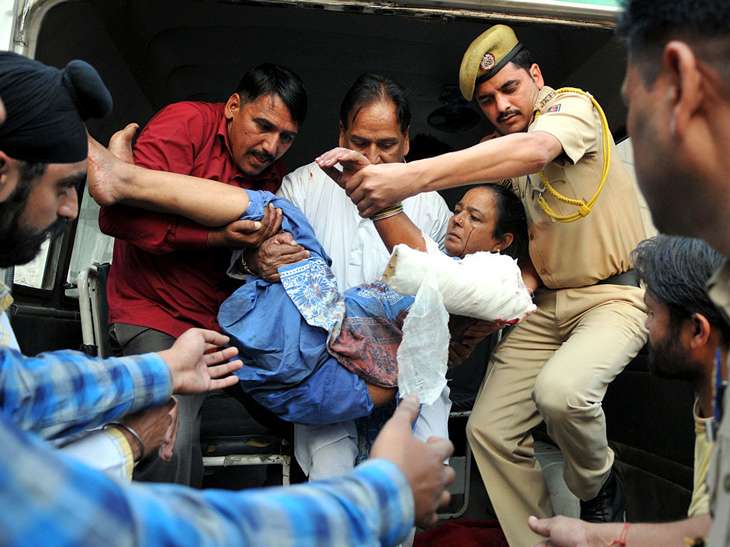
Surprisingly, Pakistan has not resorted to major firing in Kashmir. All areas above Mendhar and Tangdhar have been very quiet. At the moment, none of the action in the Valley is happening across the Line of Control.
Pakistan hasn't been known to shell India so heavily at this time of the year. Logically, there could be two possibilities behind such concentrated fire, as November begins.
The first could be that Pakistan wants to distract the attention of Indian troops and push militants before heavy snowfall blocks all passes, and access to Kashmir is cut off, especially in the northern sectors.
The second could be that outgoing army chief Raheel Sharif wants to escalate tensions with India, even to the point of war, to prolong his tenure. He could possibly stage a coup as well, and take control of the State.
Part of a larger plan?
However, a senior officer in the military thinks both these theories are short-sighted and incorrect.
"As far as the issue of the locations of cross-border firing is concerned, the Pakistan Army has no need to be impatient and fire down south to distract our troops' attention. As we saw in the case of Kargil, terrorists can easily sneak and dominate higher reaches even at the peak of winter. Troops along the LoC are very alert after Uri. And as even the Pak army would well know, nobody will fall for this kind of distraction."
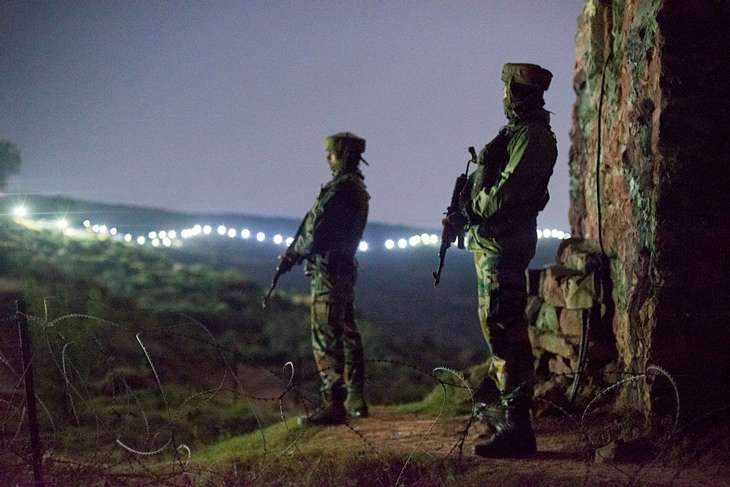
On the issue of a possible connection between the heavy firing and Raheel Sharif's retirement, scheduled for 29 November, the officer said it was a very simplistic connection to make.
"I don't think you can add two and two here. This pattern of firing has something else to it. It is remarkably vicious and untimely. Neither is it a symbolic, aggressive posture. My feeling is that this heavy shelling is part of a larger plan. What the plan is, we will soon find out."
There have been reports of communication between farmers from across the LoC. They have reportedly been advising those on the Indian side to hurry up and reap their crops quickly, because 'something' might happen in the next two months.
Ominous signs
How one reads these signals may differ from person to person, but there seems to be an agreement, within the armed forces, that a big attack by Pakistan is on the cards.
What is also understood is that such an attack may not happen just across the IB or the LoC - any city or town in India may be attacked.
The attackers could also be planning an attack beyond Indian territory - on India's foreign missions.
Edited by Shreyas Sharma
More in Catch
Why Pakistan may be compelled to retaliate
5 points as to why India's 'surgical strikes' on Pakistan might not serve their purpose
Surgical strikes: India calls Pakistan's strategic bluff. How will the Sharifs respond?
First published: 29 October 2016, 12:56 IST






![BJP's Kapil Mishra recreates Shankar Mahadevan’s ‘Breathless’ song to highlight Delhi pollution [WATCH] BJP's Kapil Mishra recreates Shankar Mahadevan’s ‘Breathless’ song to highlight Delhi pollution [WATCH]](http://images.catchnews.com/upload/2022/11/03/kapil-mishra_240884_300x172.png)

![Anupam Kher shares pictures of his toned body on 67th birthday [MUST SEE] Anupam Kher shares pictures of his toned body on 67th birthday [MUST SEE]](http://images.catchnews.com/upload/2022/03/07/Anupam_kher_231145_300x172.jpg)


